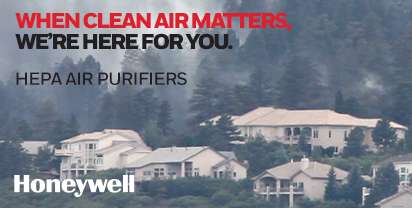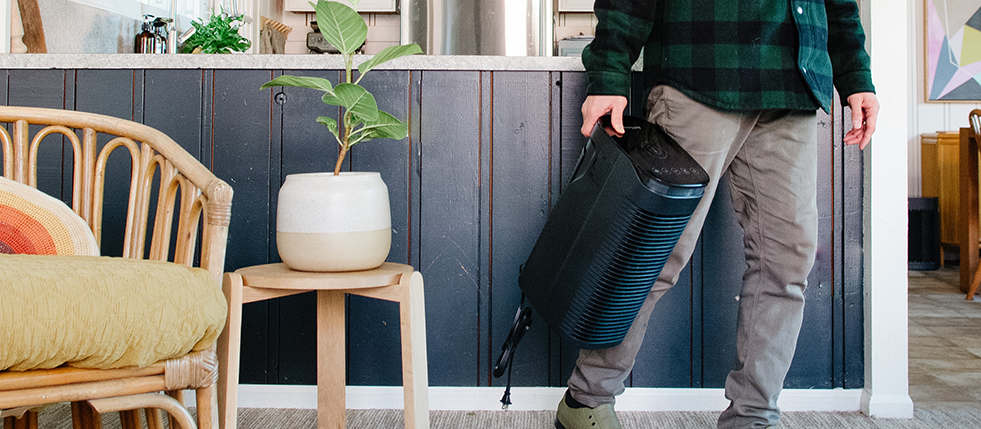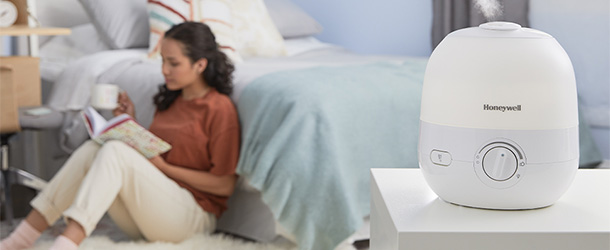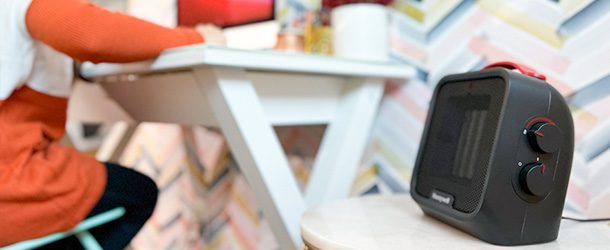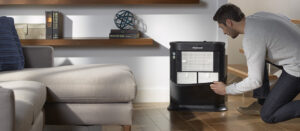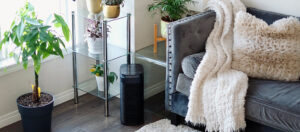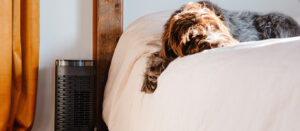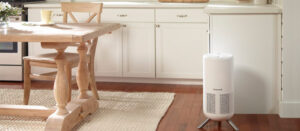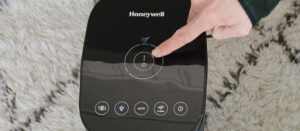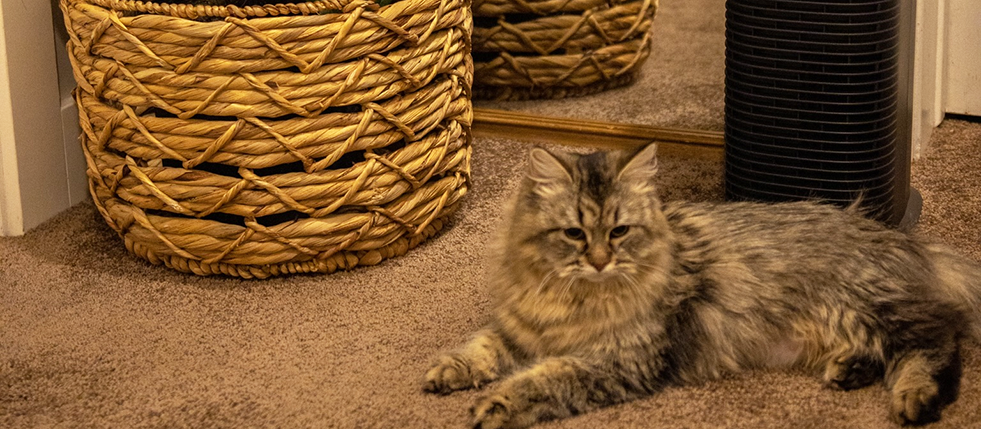By Ted Myatt, Sc.D., Senior Environmental Scientist, Environmental Health and Engineering, Inc.
If you’re allergic to pollen, you may get a break when the weather gets cold as pollen in outdoor air dissipates as the temperature cools. However, some people may experience allergy symptoms in the fall and winter as well. If this is you, you might be wondering why you are experiencing allergies in the winter when there’s seemingly no pollen in the air.
Why Can Allergies be Worse in the Fall and Winter?
Americans spend roughly 70% of their time indoors at home, with an even higher percentage in the winter¹. Therefore, the indoor environment in the home is likely to have a major impact on any allergy symptoms. As the seasons shift to fall and winter, many homeowners transition to closing windows and turning on heating systems. By closing windows, the amount of outdoor air coming into the home is reduced². The result is allergens and pollutants can be trapped indoors, with concentrations found to be much higher than what one would find outdoors.
Allergens with indoor sources such as pet allergens and dust mites are also trapped inside during the winter. All of these allergens are exacerbated with less air circulation due to closed windows.
Some common indoor allergy triggers are:
- Dust mites debris. While their allergen containing droppings do not remain airborne long, they are aerosolized when you sit down on bedding or shake out blankets.
- Pets. Most people are not allergic to animal fur, but rather to a protein found in the cat and dog dander, saliva, and urine.
How can an air purifier help offer relief indoors?
Allergens and pollutants like smoke that can trigger allergies can be small particles that can remain airborne for long periods of time. Even allergens with larger particles (e.g., dust mite debris, pollen) can be captured by an air purifier when they are resuspended by fluffing pillows or sitting on a bed. Numerous studies have shown that the use of HEPA air purifiers can effectively reduce indoor air levels of these allergens, which in turn reduces exposure to these allergens.
How do you get the most out of your air purifier?
- Ensure the air purifier is appropriately sized for the room it is located in. Look for the Clean Air Delivery Rate (CADR). CADR indicates the volume of filtered air an air cleaner delivers³. The CADR information for the air purifier will identify the appropriate size of room for the model. A good rule of thumb is the CADR of your air purifier should be equal to at least two-thirds of the room’s area.
- For maximum benefit, you should close the doors and windows of the room with the air purifier and run the air purifier where you spend the most time (for example, in the bedroom while you sleep).
- Follow manufacturer’s instructions for replacement of filters and ensure the filter is correctly installed in the air purifier housing.
- Position the air purifier in an area free of obstructions. It doesn’t have to be in the middle of the room but it shouldn’t be flush against a wall or piece of furniture either. Be aware of where air is coming into the purifier and where purified air is released.
What else can you do to help minimize indoor allergens during colder months?
- Use an allergy-proof mattress and pillow covers
- Keep your bathroom clean and dry (replace moldy shower curtains).
- Do a monthly check of trouble areas to ensure there is no damp areas of leaks (for example, under sinks and in the basement). If you do find leaks, make the repair and ensure the area is dry and free of mold growth.
- Ensure that fireplaces are well ventilated to avoid irritant smoke from entering the room. Additionally, make sure fireplace wood is dry. A special smoke filter used in an air purifier can also help reduce smoke odors and pollutants.
- Minimize or eliminate the use of candles and incense.
- Wash bedding regularly in hot water.
- If you have a furry pet that someone in the house is allergic to, don’t allow the pet to sleep in the room of the allergy sufferer. Additionally, using a filter designed to eliminate pet odor may help to ease symptoms.
- Use a HEPA vacuum routinely to remove settled allergens on floors and furniture.
- For homes with forced air heating or cooling, choose a filter with at least a Minimum Efficiency Reporting Value (MERV) 13 rating, or as high a rating as your system can accommodate (4).
People with seasonal allergies don’t have to suffer all year: while different allergens may be present in the home during the cold and winter months, there are numerous steps that can be taken to help alleviate symptoms. An air purifier is a great way to improve the quality of air in your home during the colder seasons, creating a cleaner home for the winter, easing allergy symptoms along the way.
Learn more about the different types of air purifiers, and choose the right one for you.




